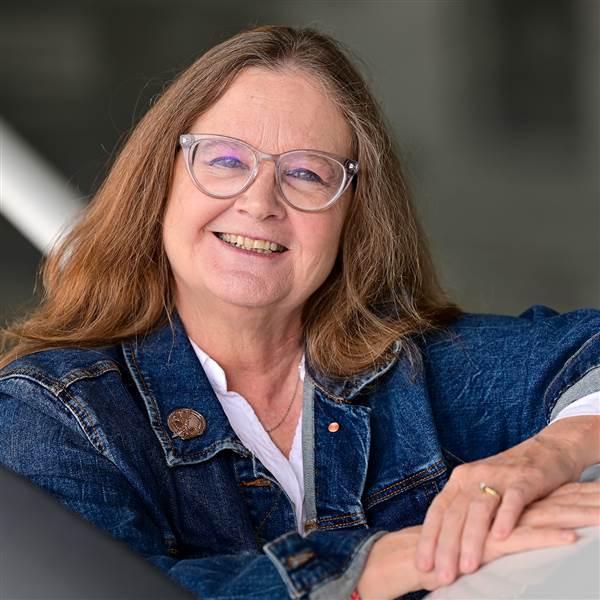Around the Patch: Anything but routine

[email protected]
It’s that 1 percent that can catch you. So when I discussed ditching procedures with my passenger in December, she paid close attention and I made it a proper briefing.
We were flying from Fort Lauderdale Executive Airport (FXE) to Freeport, Bahamas (MYGF), where we would join pilots of 15 other aircraft for a few days of fun in the sun. The leg from FXE is about 80 nautical miles—not a tremendous distance. When you factor in that most of it is over open water, the flight becomes a little more sobering.
Life vests are required survival equipment for such a trip; we had them—and were wearing them. I’d also rented a raft from Banyan Air Service. I considered the $35-per-day fee like one of those life insurance policies you sometimes buy when you’re going on a trip. You hope you don’t need it but, hey, maybe you should get it. It weighed 22 pounds, and right-seater Lisa was tasked with getting it out of the back seat if we had to ditch.
Much like the life raft, life vests, and emergency tool, it felt much better to have 5,500 feet between the airplane and the ocean.Lisa is a private pilot and an airplane owner with time in Piper Cherokees, so I didn’t have to go into too much detail with her about how to open the 140’s right-side door, how to punch 7700 into the transponder, or how to call Mayday. But things got real when I handed her the emergency safety tool with a hammer-like point on one end and said she would be in charge of it during the overwater flight.
“If you can’t get the door open, use this to break the window,” I told her. “Get yourself out. If you don’t get out, I’m not getting out.”
And that was it. There was nothing left but to take off from Fort Lauderdale, open the international flight plan with Miami Radio, and get flight following from Miami Center. Then we settled back and watched the water below.
The weather was VFR, but the scattered-to-broken clouds were at 2,500 feet. I hung out at 2,000 feet until Miami Center warned they could not keep me on radar at that altitude. A pilot in a Piper Dakota contacted Miami Center to let me know that she had climbed to 5,500 feet and was clear of clouds, so up we went. “There’s a ship” started running through my head, instead of “Where would you land if…?”
Much like the life raft, life vests, and emergency tool, it felt so much better to have 5,500 feet between the airplane and the ocean. Now it was time to watch for land to appear—and I hadn’t even had a chance to agonize over engine sounds.
There was one more challenge in store that day: gusty crosswinds of 16 to 22 knots blowing 90 degrees to the single runway. I set my jaw, reminded myself that a go-around is always an option, and got us on the ground. It wasn’t the prettiest landing I’ve ever made, but the Freeport tower controller’s lyrical accent welcoming us to the Bahamas took the sting out of the ungraceful arrival.
Everyone tells you that the preparation for a Bahamas crossing is daunting: assembling the paperwork for the pilot and aircraft, filing an international flight plan, ensuring you have required survival items not only on board but within reach. Once you do it, conventional wisdom goes, you realize it’s not that bad.
To me it was more like a checkride: lots of prep work, reams of paperwork, and a relatively short flight that should have been routine but bordered on stressful. But, unlike other checkrides, I’m ready to go again.



